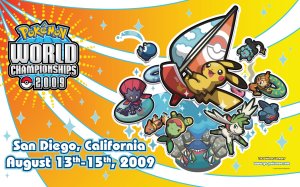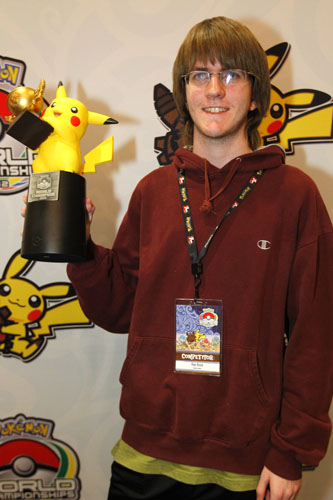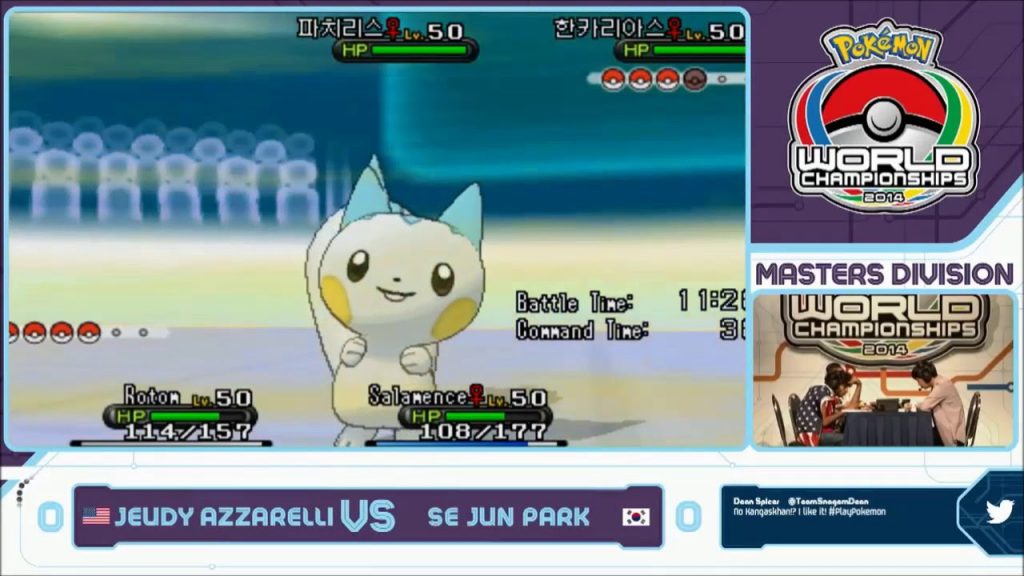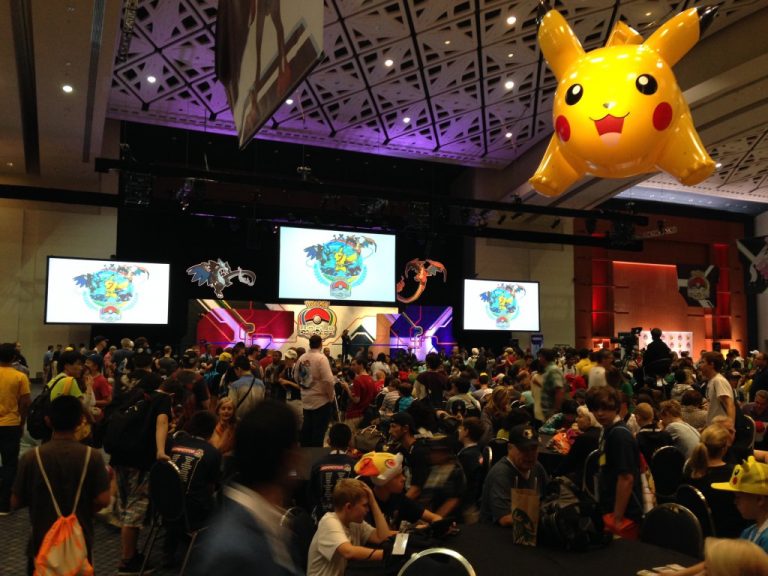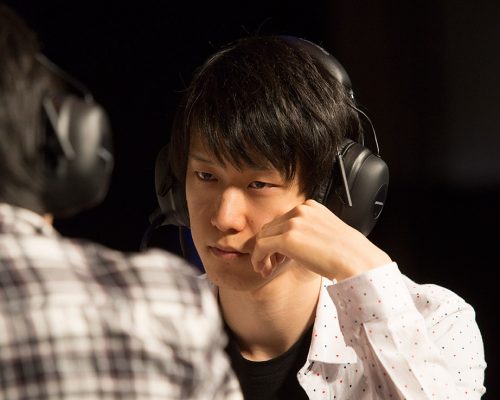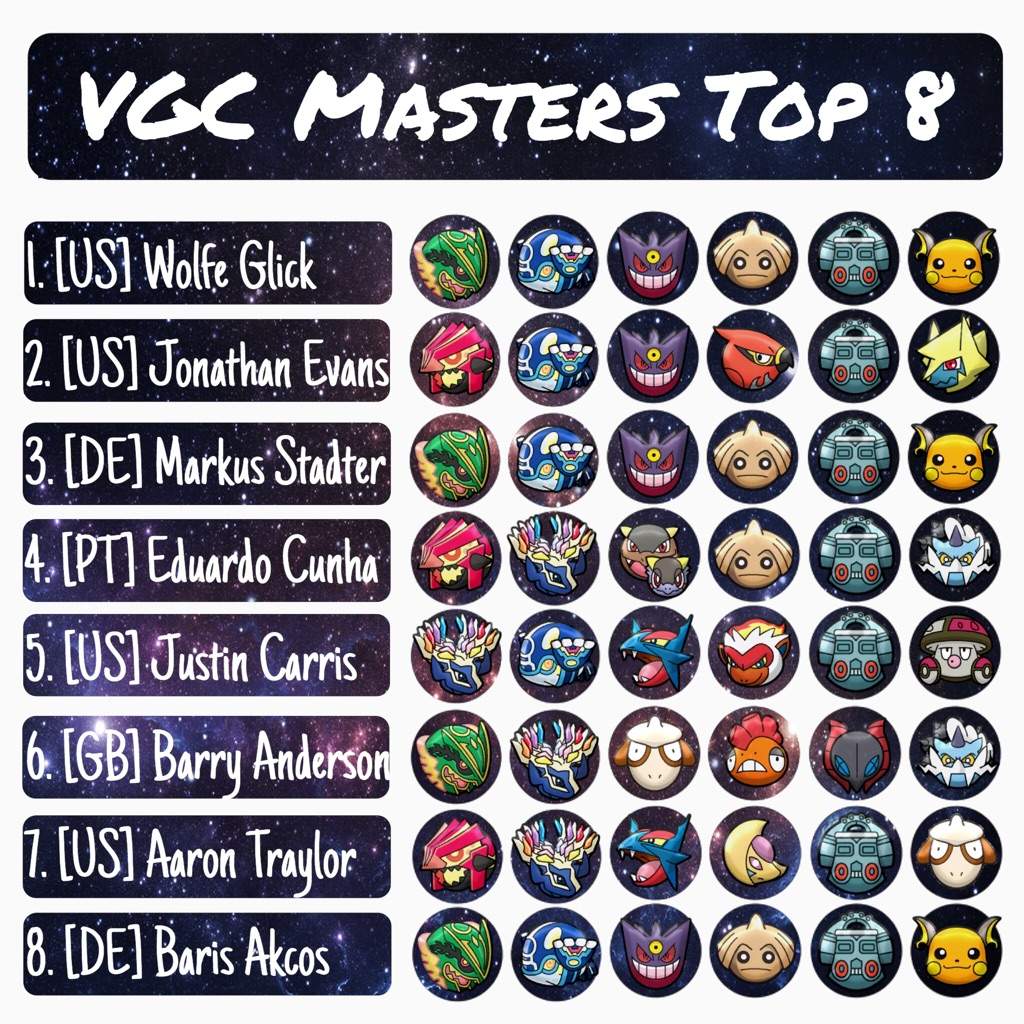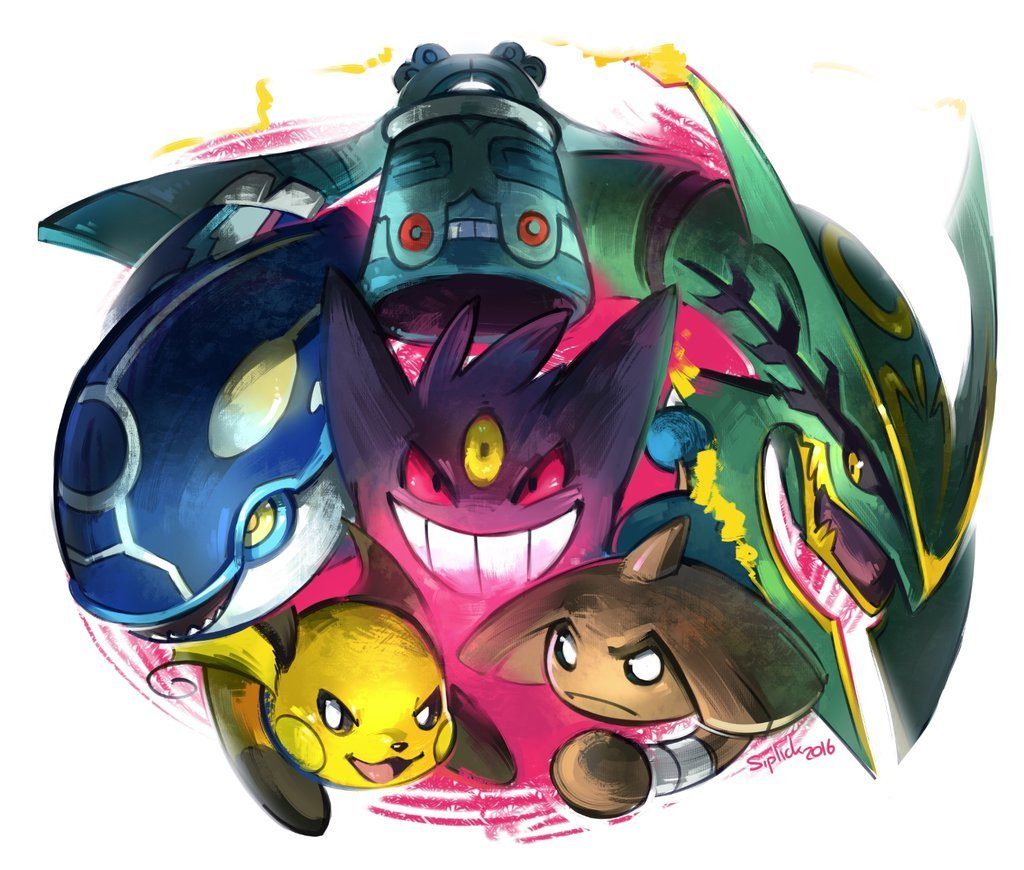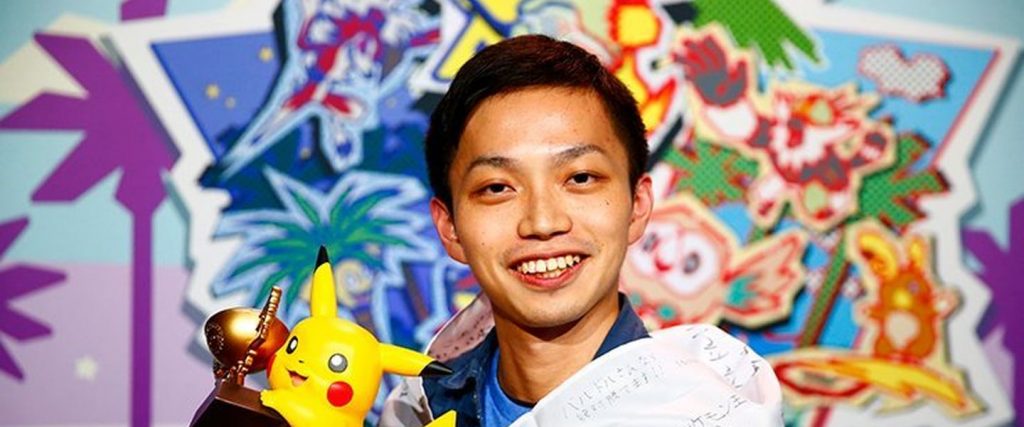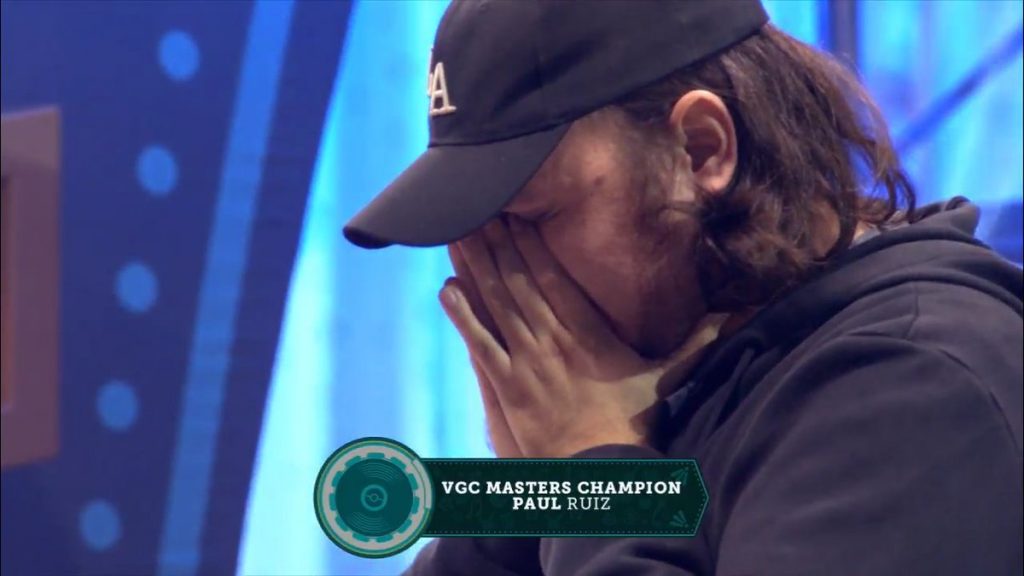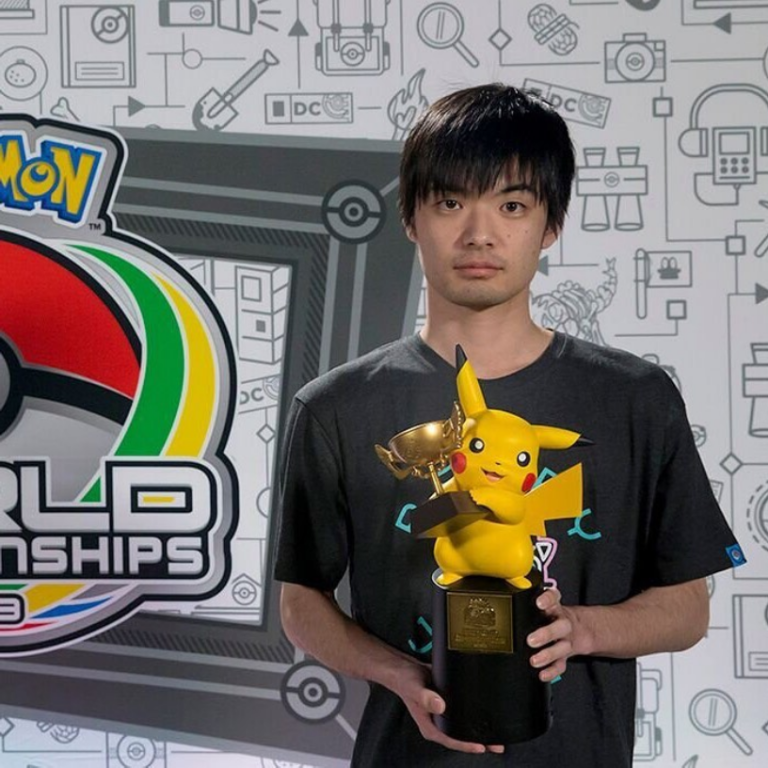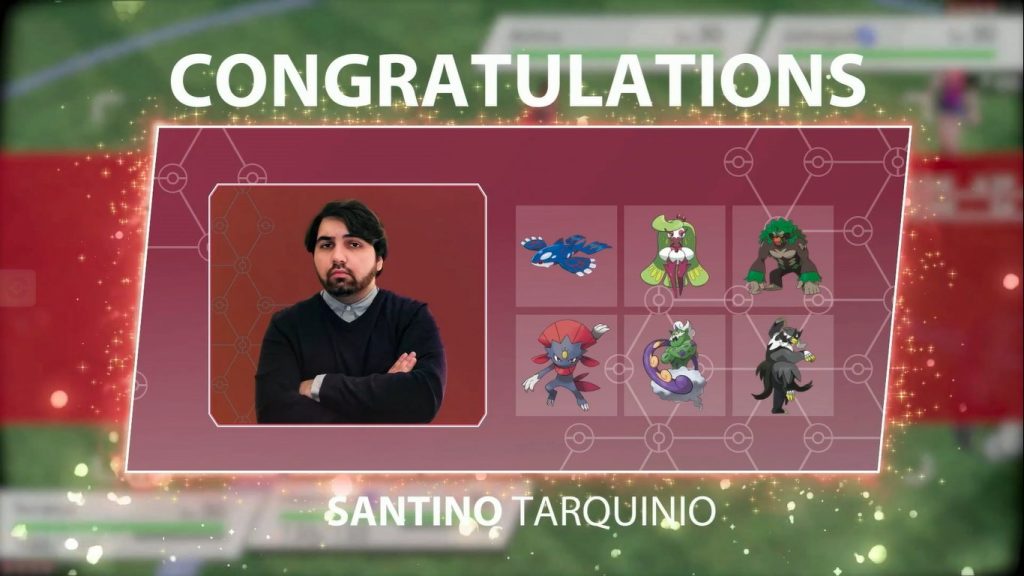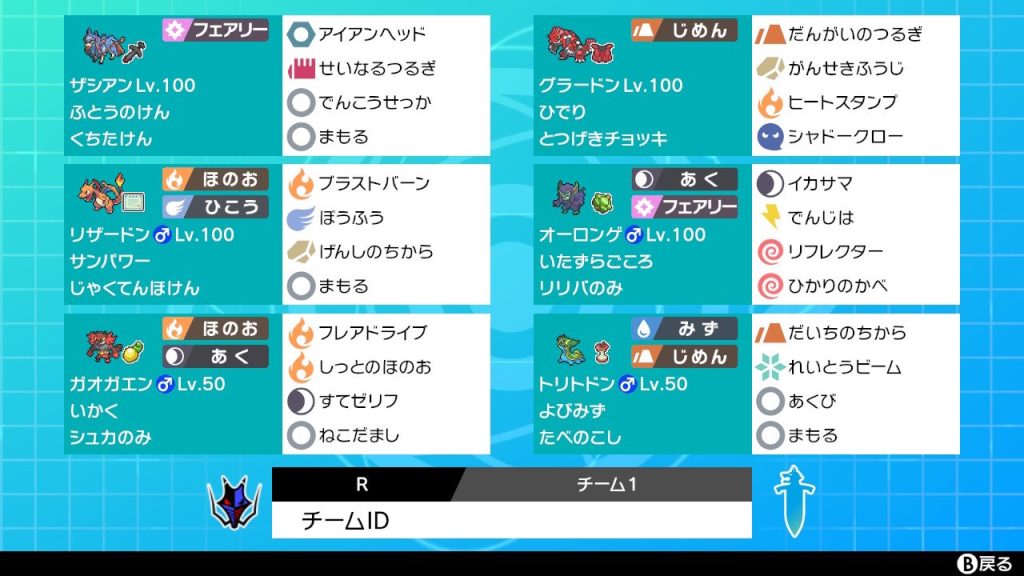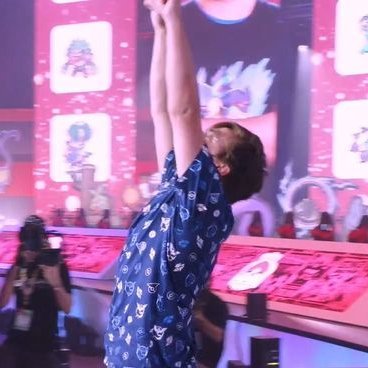WHAT'S VGC
VGC stands for the Video Game Championships a yearly circuit organized by TPCI (ThePokémonCompanyInternational) all over the world and played with the Pokémon videogames. The VGC ruleset changes every year and since 2009 The Pokémon World Championship (the largest competition) is held in a Northamerican city. The competition is organized in there different categories: Junior, Senior and Master.
The format each year is updated and between September and December one new season begins. Players assist at local, regional, national and international events to try to get their invite for the WCS, the longest competition of the year. In this, the most important tournament, big awards are waiting each season for the best players in the world.
In spite of its child-like appearance created along the last 20 years, the competitive play of Pokémon has a huge internal strategy system that have evolved until nowadays and have encouraged new and veteran players to compete along the last 10 years.
VGC HISTORY
First years (2008-2010)
Formally, the oficial Pokémon tournaments began at 2004 where TPCI and the TCG (Trading Card Game) circuit was born. Although there had been Pokémon tournaments along the first decade of the XXI century, the VGC official tournaments didn’t start until 2009 where the circuit took place in 8 different countries: USA, Japan, South Korea, Spain, Germany, France, UK and Canada. From that moment on, the competitive scene grew up quickly and the popularity and attendance of the VGC events increased dramatically.
In 2009, the first Pokémon WCS came up. Throughout 2 days intense battles were played and, the 15th August, Kazuyuki Tsuji was crowned the first VGC Pokémon World Champion.
The following season VGC 2010 was played with Pokémon HeartGold and SoulSilver. Near to 15 national & regional tournaments were held during the season in NorthAmerica and Europe. In Japan a bunch of VGC events were carried out as qualifier competitions. Players who got his invite would try to become the VGC Pokémon WCS of 2010 at Hawaii.
Ray Rizzo managed to get the trophy home with a Trick Room team very common at that metagame. 30 players competed and the Top 8 eight was composed by two countries: Japan and USA.
Circuit's evolution (2011-2013)
With the VGC 2011 season a bunch of novelties came out. First of all, the VGC circuit would be played with the new era of Pokémon videogames (Pokémon Black and White). Secondly, the Team Preview was added and it shaked up the entire competition. Thirdly, the list of the six Pokémon which you could play with, were severely restricted to the Unova Pokédex (in order to boost the popularity of the new generation). Finally, the timer was defined. In this way, the strategies were adapted because the ones’ power based on things like stall, decreased. Furthermore, TPCI included a third category, the Masters division for all the players up to 15 years old.
Great promises would be competing to be the new World Champion. For the second time, Ray Rizzo obtained the Pokémon World Champion title. Meanwhile, players like: Wolfe Glick (Master), Se Jun Park (Senior) or Ian McLaughin (Junior), in their first appearance in a World Championship, they managed to make a place for themselves in the major competition. 5 european players appeared in the TOP 8 for the first time.
The following year, 2012, was very similar to the previous one. However, one huge change affected the whole ruleset: the entire Pokédex was completely legal (with the exception of the cover Legendary Pokémon and the mythical Pokémon). Once again the Pokémon World Championship was held in Hawaii and, once again, Ray Rizzo won his third World Championship title. This time, the list of the top-tier players of the world was composed of: Japan, USA, Korea, Spain and Canada (just in Senior). In those days, USA share with Japan all the WCS victories something that would change in the following years.
2013 was played in Pokémon Black & White 2, what in fact, didn’t change so much the competition. However, the metagame was incredibly diversified and new strategies came out.
Vancouver was the place determined to hold the 2013 Pokémon World Championships. After 4 consecutive years winning either Japanese or American players, the 11th August, Arash Ommati became the first Italian & European World Champion in the VGC history. Ryosuke Kosuge (Japan) lost in finals against the italian player. USA, Germany, Spain, UK, South Korea and Canada made a space for themselves in the TOP 32. 60 players attended the event and most of the players who competed in this tournament have continued playing for years.
The new era (2014-2016)
2014 brought along with it, a new ruleset and a new platform. From that moment on, the videogame format would be played at the Nintendo 3DS. That year, was played in the 6th generation, Pokémon X/Y, and with the new era, incoming players started playing VGC competitively. As a result, tournament’s attendance increased.
Washington D.C would be holding the 2014 Pokémon WCS. For this event, TPCI distributed 64 invites for the following regions:
- Top 32 players from Europe with the most Championship Points,
- Top 16 players from North America with the most Championship Points.
- Top 4 players from Australia with the most Championship Points.
- Top 2 players from South Africa with the most Championship Points.
- Top 8 players from the Japan National Championships.
- Top 2 players from the South Korea National Championships.
In addition, the Top 4 players from the previous year and the top 4 players from the LCQ (Last Chance Qualifier) pre-event to the WCS, would also get an invite.
Finally, 60 participants (Masters) attended the most important event of the year. 11 different countries competing to be the 2014 Pokémon World Champion. Almost 800,000 viewers watched the action at Washington D.C when Se Jun Park defeated Jeudy Azzarelli at the Masters finals. The previous World Champions; Ray Rizzo and Arash Ommati, didn’t advance to the single elimination rounds. Australia, South Korea, Spain, Japan, USA, Germany and UK formed the TOP 16 of the WCS 2014. Only two Japanese players made into TOP 16, showing their decline regarding last years. Even so, USA and Japan won in the other categories. In Senior, Ian Mclaughin and Eric Rios (both TOP 4), would be making in a few years their first steps in the Masters Division.
Omega Ruby and Sapphire Alpha, were released and with them, the VGC format was updated. In 2015, the entire Dex was totally open with the exception of the cover Legendary Pokémon and the mythical Pokémon. Another change in relation to other years was the inclusion of two regions to take part in the Championships: Latin-America and Asia-Pacific. This renovation produced new capable players to compete, something reflected in the attendance’s numbers.
The major event of the year would be held at Boston, USA. 77 players (Masters division) fought to become the very best. After three intense days, Shoma Honami managed to win his first Pokémon World Championship. Shoma and his compatriots, returned the kingdom back to Japan reinforcing the region’s power and admiration (7/8 players in TOP 8 were Japanese). Lajos Woltersorf was the only player that could made a space for himself in the top-tier competitors of VGC2015.
Finals, and specially Top cut, was the center of the attention due to the lack of variety in the Japanese teams. All of them, based on the VGC core ‘CHALK’ (Cresselia, Heatran, Amoonguss, Landorus-T and Kangaskhan), very common on the last few months of the metagame and inspirational enough for players that would try to adapt it for the following formats.
2016 was the last year played in ROZA and the most distinguishable from the last couple of years. VGC 2016 brought along with it, a new system based on the Championship points similar to the actual one. First of all, allowed more players to reach the WCS. With 350 CP (North America), 275 CP (Europe), 150 CP (Latin America), 200 CP (Asia-Pacific) and 400 CP (South Africa) players got an invitation from TPCI to the 2016 Pokémon World Championships, what is commonly known as Day 1. Day 2 (paid trip), however, was possible for the following players*:
- Top 8 players from Canada and US with the most CP’s..
- Top 16 players from Europe with the most CP’s.
- Top 4 players from Latin-America with the most CP’s.
- Top 4 players from Asia-Pacific with the most CP’s.
*Players in Japan and South Korea were awarded invitations based on each country’s organized play system.
The circuit changes doesn’t end here. The system of Regionals and Nationals that was working in North America was extended and globalised. In this way, the VGC events were divided in these different types of tournaments:
- Premier Challenges
- Midseason Showdowns
- International Challenge (Online)
- Select Premier Events / Special Events
- Regionals
- Internationals
The winds of change also affected the Pokédex and the metagame. After six years, GS Cup returned, and with it, Primal Kyogre and Groudon, Mega Rayquaza and other legendary Pokémon were allowed in VGC history for the first time. As a result, the new ruleset allowed two cover legendary Pokémon to include in VGC players’ team.
2016 implied a massive arrival of trainers that would lead to first-time world competitors and the consciousness of new faces in the community.
2016 WCS final destination was San Francisco. Over 100 players in the Masters category competed to become the Pokémon World Champion. Finally, Wolfe Glick managed to win Jonathan Evans in finals, and after 6 consecutive World qualifications, he obtained the title. This year was extremely poor for Japanese players whose best competitor reached the 21st place. On the other hand, countries like: Portugal (Eduardo Cunha), Vietnam (Edward Cheung) or Argentina (Sebastián Escalante) surprised the whole globe, making their best results at that moment.
Z-Crystals and historic wins (2017-2019)
During 4th October 2016, pokemon.com revealed the metagame for the following season, VGC 2017. ROZA came to an end, and Sun & Moon made its first appearance in the VGC format. New Pokémon, new mechanics and an updated ruleset. Pokedex was restricted to Alola Pokémon and TPCI made slight changes in the competition like a 10 min timer for each player. This new season, brought the Z-Crystals and banned the Mega evolutions, something that made VGC 2017 completely unique.
The yearly competition was held at Anaheim. Japanese drought concluded with Ryota Otsubo‘s victory at Masters finals. Both players, Ryota and his opponent, Sam Pandelis, reached the Grand Finals with original and distinguishable teams regarding to other competitors. Australia and other regions like: Ecuador (Paul Ruiz), Sweden (Nils Dunlop), el Salvador (René Alvarenga) and Peru (Dorian-Andrés Quiñones) managed to obtain a place in the Top 8 of the Pokémon WCS. The attendance (81 players) was significantly lower than previous years. VGC 2016 was the last year for many veteran players and, in addition, entry fees increased extremely their price.
VGC 2018 preserved some characteristics of VGC 2015, (which was extremely inspirational for the players specially in the first months of the season). However, the Z-Crystals and Mega Kangaskhan’s nerf entailed a huge difference regarding 3 years before.
During 24th-26th August, the WCS took place at Nashville. Ecuador, and consequently, Latam, triumphed at its first Grand Final carrying the World Champion title to their homes. Paul Ruiz won the VGC 2018 World Championship against Emilio Forbes after lost in Top 4 the previous year. Top 8 was composed by 6 different countries: Ecuador, USA, Japan, Sweden, Argentina and Italy. For the second time, the number of players decreased in relation to the previous year, but this time, not much.
The 3ds era came to an end with VGC 2019 whose ruleset was announced while the 2018 Pokémon WCS was being held. That new format included a huge nowelty: for the first time, the season would be sectioned in 3 parts each of these with different rules. In this way, September began with Sun Series the first format of VGC 2019. Months later, in January, Z crystals were allowed with the second format, Moon Series and, since April 2019, every tournament was played according to Ultra Series’s ruleset. This last format implied the comeback to Primal Groudon and Kyogre and Mega Rayquaza.
For the second time in VGC’s history, the biggest event of the year was held in Washington D.C. However, the competitive videogame scene had evolved considerably since its last appearance in the US capital. More than 280 VGC players attended Day 1 and 78 competed to be the very best in Day 2. The 18th August, Masters finals was set between two Japanese players. Hirofumi Kimura who had won previously the Japan Nationals two consecutive times (2018 and 2019) and Naoto Mizobuchi who obtained a 4th place in Boston 4 years before. Despite his antimeta pick (Umbreon), Mizobuchi managed to win the entire set in 2 games and returned the trophie of World Champion to Japan for the 4th time. Although Japan occupied the podium in the Masters division it was a top cut much more diversified than in 2015 when 7 Japanese players formed the Top 8. This time, USA, Spain and Australia completed the group. Some of these were well known recognized players such as Álex Gómez, James Baek or Eric Rios who had already achieved notable results in previous World Championships. Others made a name for themselves like Stephen Mea and Meaghan Rattle (Top 8 and Top 4 respectively) or Jamie Boyt who reached Top 16 unbeatable after a 7-0 run in Day 2.
The new season 19-20 it would suppose the transition stage not only between generation 7 and 8 but also the change into Nintendo Switch. The remaining 4 months of 2019 were played with Ultra Series and the 4th January 2020, VGC abandoned the handheld game console and started a new chapter with Pokémon Sword and Shield.
Fall and rise of the circuit (2020-2022)
Circuit’s activity did not last much longer. Internationally, the Oceania International Championship was the latest offline tournament played in 2020 and it would be the last in person event for tons of players in years. At the beggining of 2020, COVID-19 affected the whole world and, consequently, the circuit was cancelled. In this new context, Players Cup reached the official circuit with an online qualification format based by regions with a final stage which not all regions had access to. Japan and Korea kept an isolated circuit in which online tournaments gained importance. Fundamentally, the sucesors of Nationals of their respective countries and other VGC events organized by TPC such as Japan’s Number One Decisive Battle.
Between 2020 and 2021, 4 Players Cup editions were played under different rulesets. The lockdown and the golden age of online tournaments brought a new bunch of players to the competitive game. Besides Players Cup, other official tournaments like the 25th Anniversary Invitational in which legendary players such as Ray Rizzo or rising stars like Santino Tarquinio fought to bring home the glory.
In February 2022, live competition events came back and barely one month later, the details of the new Pokémon World Championship were revealed. That year, the scene came back to live and proper restrictions made possible watch offline battles in Special Events, International and Regional Championships.
London World Championship was a mix of qualified players from different years. Some players took the advantage of the CP’s already accumulated through 2019 and begginings of 2020 and obtained their invite to the WCS. Others gained positions in the leaderboards attending several majors held between January and June 2022. The remaining players qualified to Worlds were able to secured their presence in London winning big tournaments either in 2020 or 2021, or finishing among the best players in their country’s Nationals (Japan, Korea and for the first time Southeast Asian regions such as Singapore or Malaysia).
The awaited event and (since January 2022) the rest of the tournaments were played under the VGC 2022: Series 12 ruleset (after 12 different rulesets). The GS Cup returned, this time being Dinamax the most important mechanic in the game.
The evolution of the metagame revolved around an specific team built by the Japanese player Rinya Kobayashi. His team known as “Rinya Sun” was one of the most dominant archetypes of the season. Some players like Eric Rios (EUIC), Chongjun Peng (SLC Regional) or himself exploited the most out of its potential and obtained huge results that would affect the course of the Pokémon World Championship.
Due to pandemic, London will be remembered as the only World Championship played in Sword Shield.
New faces left their mark in the international event: Calvin Foster, Danielle Spuntarelli or Hippolyte Bernard. Other players reached Top Cut for the second consecutive time (Eduardo Cunha, Naoto Mizobuchi or Eric Rios). Japan, USA, Italy and Spain were the countries with most presence in the Top Cut.
Honored mention goes to Meaghan Rattle and James Baek who repeated last season’s quarterfinals and position in the tournament once again (Top 8 and Top 4 respectively).
Naoto, the defending champion lost in Top 8 against Eduardo Cunha. The Portuguese defeated Guillermo Castilla 2-1 in an Iberian finals and got the 2022 Pokémon World Championship title. In this way, Eduardo Cunha became the second European along Arash Ommati with a World Championship title and the second player that won the whole thing undefeated in sets (Ray Rizzo did the same in 2012).
